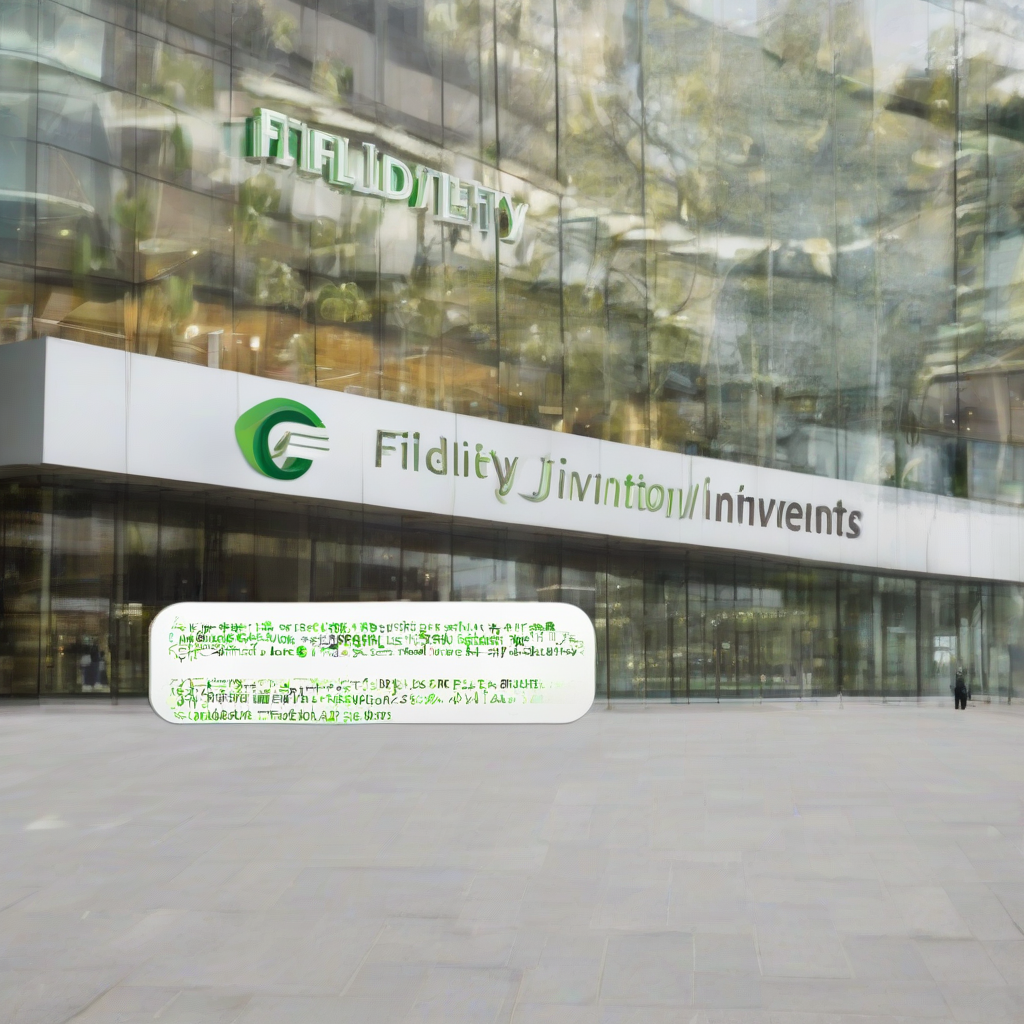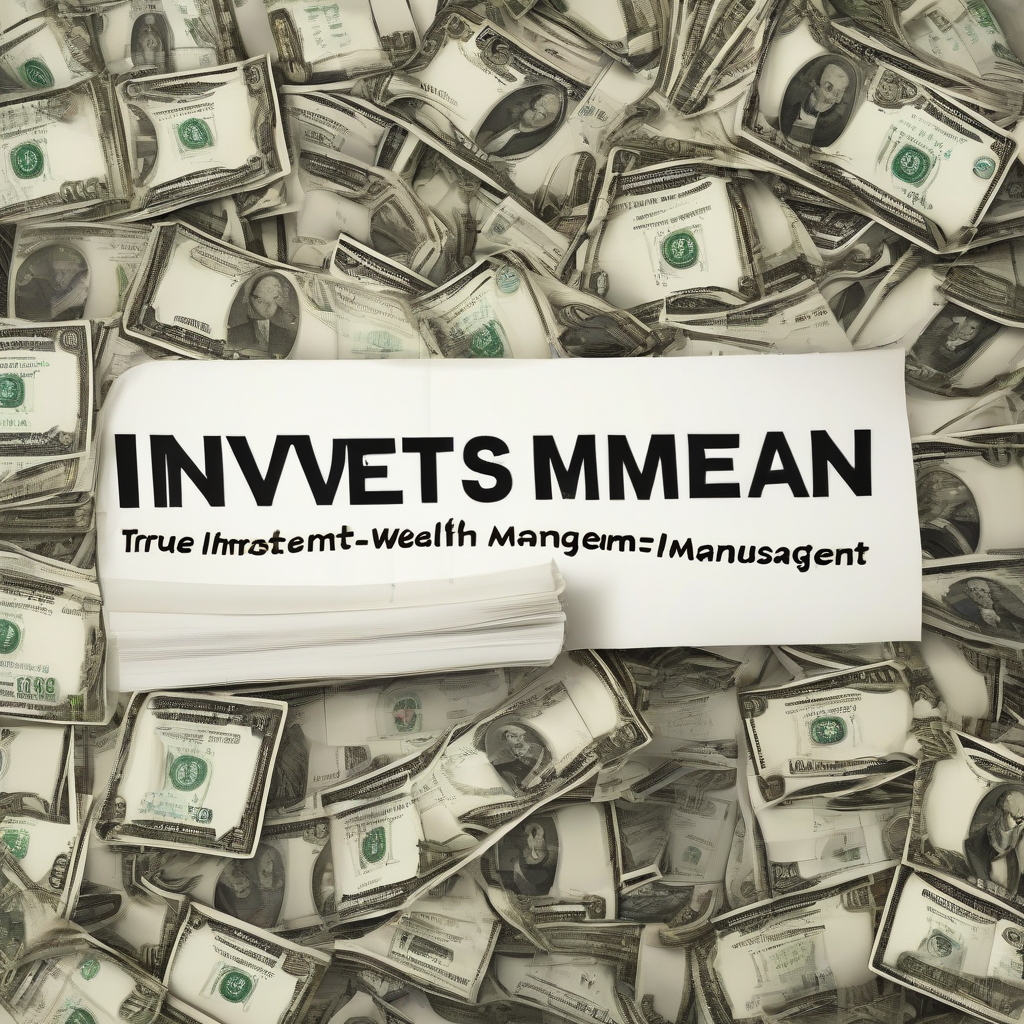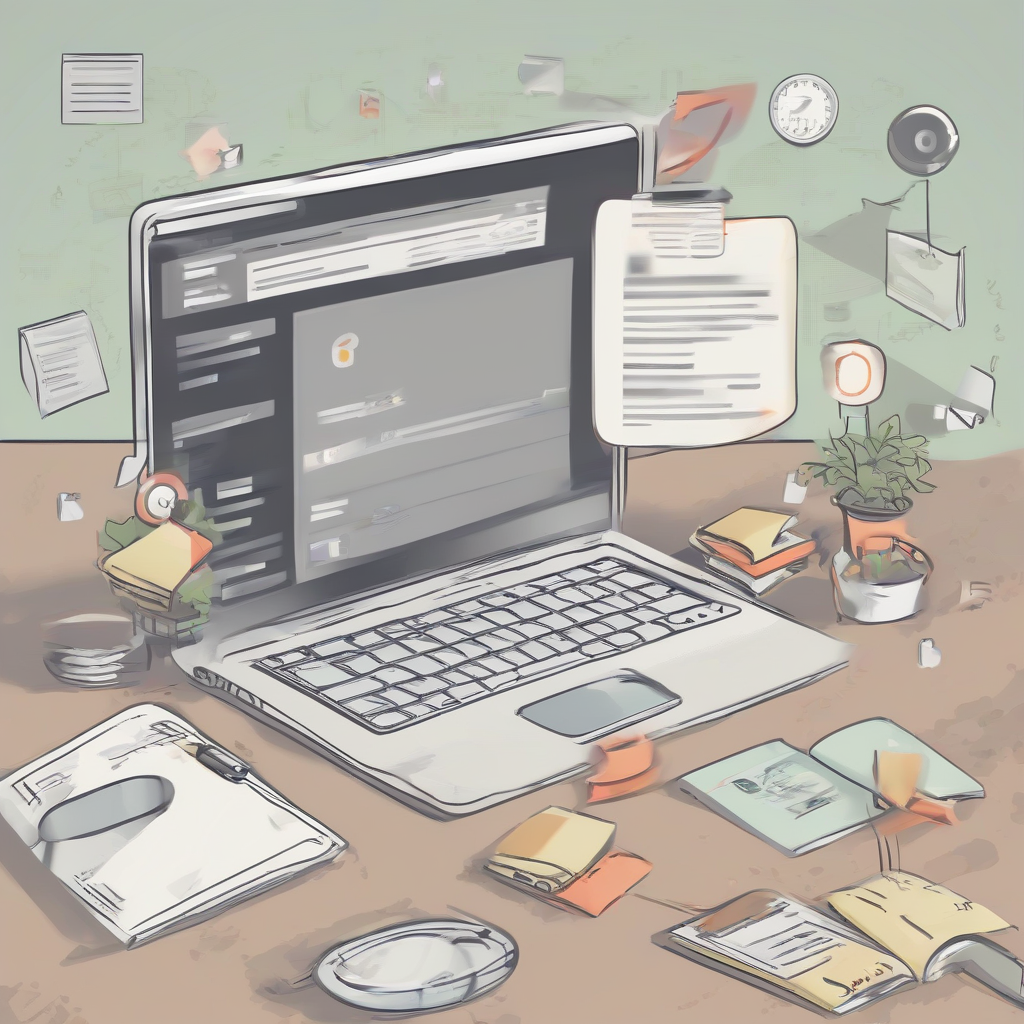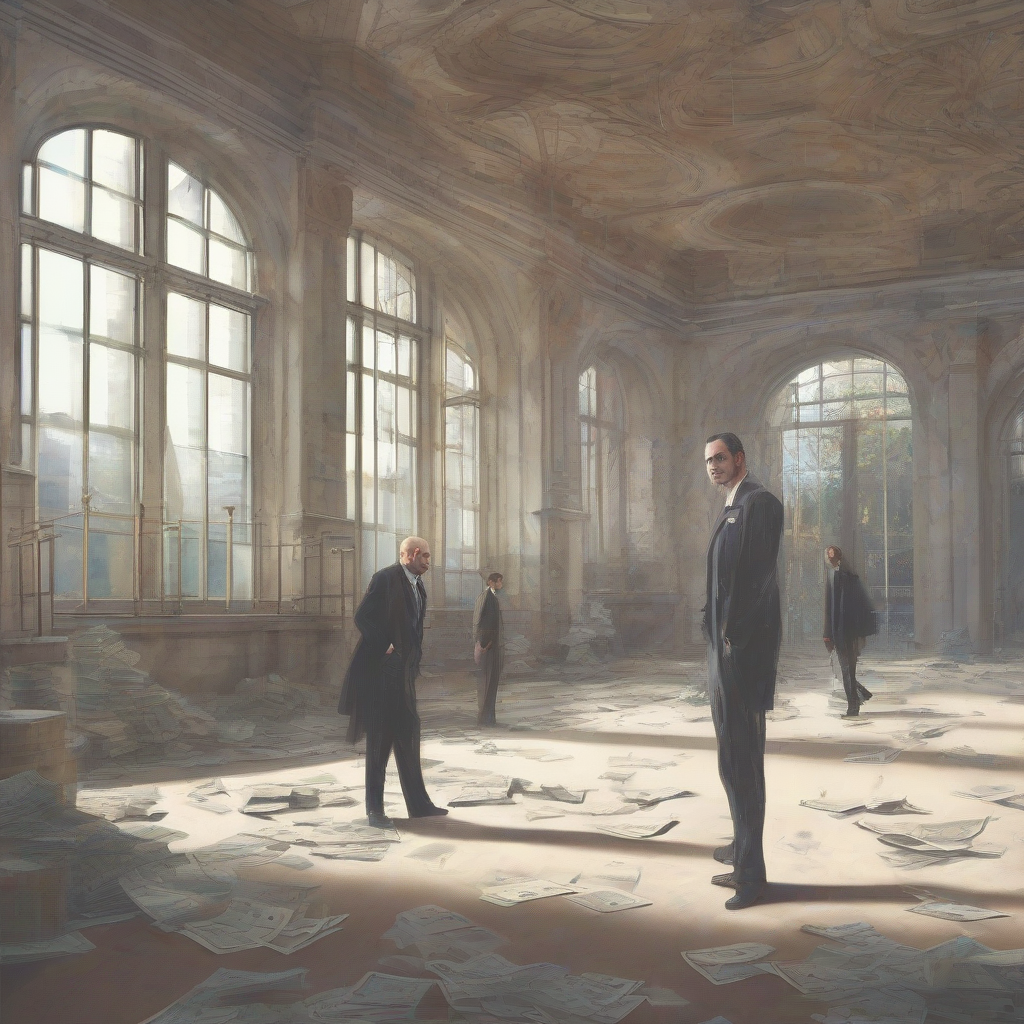ERP for Fashion Industry: Streamlining Operations and Driving Growth

ERP for Fashion Industry: Streamlining Operations and Driving Growth
Introduction
The fashion industry is a fast-paced and competitive landscape, where businesses need to be agile and efficient to stay ahead of the curve. From design and production to marketing and sales, there are numerous interconnected processes that require seamless integration. Enterprise Resource Planning (ERP) software provides a comprehensive solution to streamline these operations and drive sustainable growth.
Key Benefits of ERP for the Fashion Industry
- Improved Inventory Management: ERP systems enable real-time tracking of inventory levels across multiple locations, reducing stockouts and overstocking. This optimizes inventory turnover and minimizes waste.
- Enhanced Supply Chain Visibility: ERP systems provide end-to-end visibility into the supply chain, allowing businesses to monitor material sourcing, production schedules, and delivery timelines. This facilitates timely decision-making and mitigates supply chain disruptions.
- Streamlined Production Planning: ERP systems automate production planning and scheduling, optimizing resource allocation and ensuring efficient utilization of machinery and labor. This leads to improved production efficiency and reduced lead times.
- Automated Order Processing: ERP systems automate order processing, from order entry to fulfillment, reducing errors and speeding up delivery times. This enhances customer satisfaction and increases sales.
- Centralized Data Management: ERP systems provide a centralized platform for managing all business data, ensuring consistency and accuracy. This facilitates informed decision-making and improves reporting capabilities.
- Improved Financial Management: ERP systems offer comprehensive financial management features, including budgeting, forecasting, and reporting. This enables businesses to track financial performance, identify cost-saving opportunities, and make informed financial decisions.
- Enhanced Customer Relationship Management (CRM): Integrated CRM capabilities within ERP systems allow businesses to manage customer interactions, track purchase history, and personalize marketing efforts. This strengthens customer relationships and drives customer loyalty.
Core Modules of an ERP System for Fashion
- Sales and Marketing: Handles customer interactions, order processing, and marketing campaigns.
- Inventory Management: Tracks inventory levels, manages stock movements, and optimizes inventory turnover.
- Production Planning: Plans and schedules production activities, manages resource allocation, and ensures timely deliveries.
- Finance: Manages accounting, budgeting, forecasting, and reporting.
- Human Resources: Manages employee data, payroll, benefits, and training.
- Supply Chain Management: Tracks and manages materials sourcing, production processes, and delivery logistics.
Benefits of Implementing an ERP System
- Increased Efficiency: Automating processes and eliminating manual tasks frees up time for employees to focus on strategic initiatives.
- Improved Accuracy: Centralized data management reduces errors and ensures consistency across all departments.
- Enhanced Visibility: Real-time data insights provide a clear understanding of business performance and potential areas for improvement.
- Reduced Costs: Streamlined processes and optimized resource allocation lead to cost savings and improved profitability.
- Enhanced Customer Satisfaction: Faster delivery times, improved accuracy, and personalized customer service enhance customer satisfaction.
- Faster Time to Market: Optimized production processes and supply chain management enable businesses to bring new products to market quickly and efficiently.
- Improved Decision Making: Data-driven insights facilitate informed decision-making and strategic planning.
- Enhanced Competitive Advantage: ERP systems provide a competitive edge by enabling businesses to operate more efficiently, respond to market changes quickly, and deliver superior customer experiences.
Factors to Consider When Selecting an ERP System
- Industry-Specific Functionality: Choose an ERP system specifically designed for the fashion industry, with features tailored to the unique challenges and requirements of the sector.
- Scalability: Select an ERP system that can grow with your business and accommodate future expansion plans.
- Integration Capabilities: Ensure the ERP system can seamlessly integrate with existing systems and applications used by your business.
- Implementation Support: Choose a vendor that provides comprehensive implementation support and ongoing training to ensure successful adoption of the new system.
- Cost: Consider the total cost of ownership, including software licensing, implementation costs, and ongoing maintenance fees.
- Return on Investment (ROI): Evaluate the potential benefits and cost savings associated with implementing an ERP system to ensure a positive ROI.
Conclusion
Implementing an ERP system is a significant investment for fashion businesses, but the potential benefits are substantial. By streamlining operations, enhancing visibility, and improving decision-making, ERP systems can drive efficiency, profitability, and sustainable growth. When choosing an ERP system, it is crucial to carefully consider the industry-specific functionality, scalability, integration capabilities, implementation support, cost, and ROI.
What's Your Reaction?

















